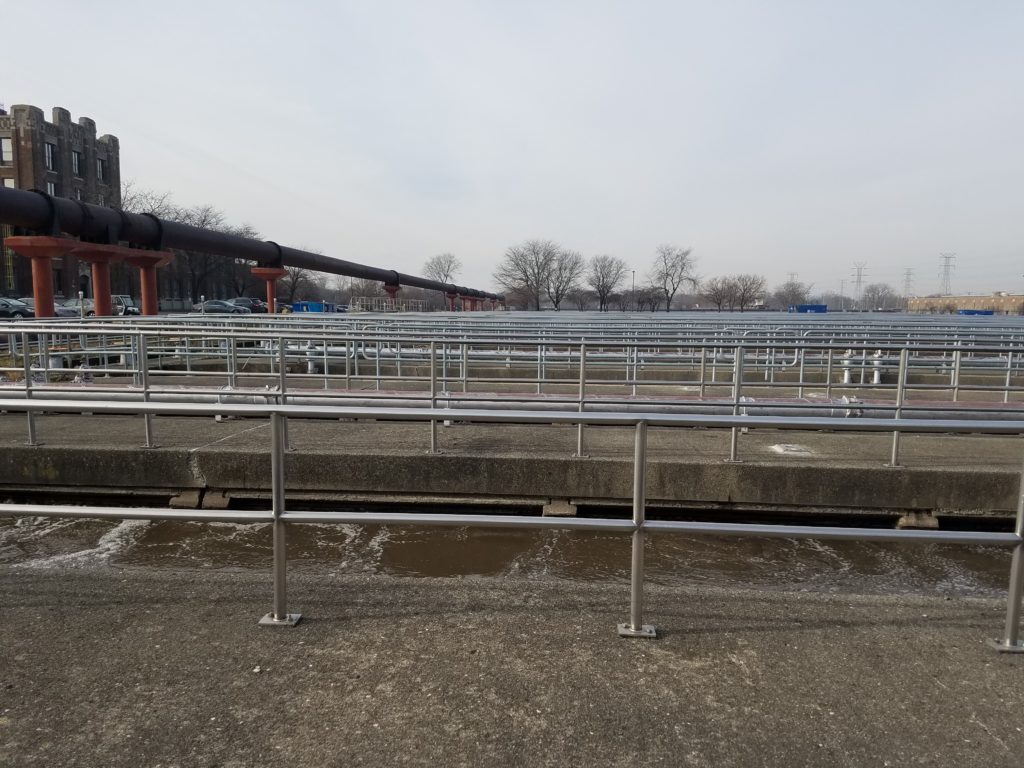
In 2014, Illinois became the first state to ban microbeads in cosmetics and soaps. By the end of this year (2019), no microbeads will be legally sold in the state. Multiple states have followed suit, including many of the important Great Lakes states.
What exactly are microbeads? Microbeads are tiny pieces of plastic that do not degrade initially when in contact with water. And microbeads are a huge source of microplastics. What are microplastics? Microplastics are tiny pieces of plastic, usually under 5 mm, that are either manufactured or the result of the degradation of plastics in the environment.
Microplastics are a danger for our environment and for human health. It’s estimated that humans consume or inhale up to 121000 pieces of microplastics a year.
Over the next few weeks, I’m going to be posting a couple of different discussions about plastics, the environment, recycling, and biotechnology. Biology is both being harmed by the presence of plastics in the environment and potentially the only way to get rid of the ever-growing problem that is our plastic waste.
Join us on September 14th for an in-person discussion about plastics and the environment as well as the potential for biotechnology to tackle the problems. We’ll also be doing something about the problem, working for the Alliance for the Great Lakes to help clean up Hollywood beach.
And Keep an eye on this blog in the coming weeks for a thorough discussion of plastics and biotechnology!